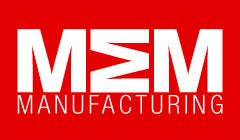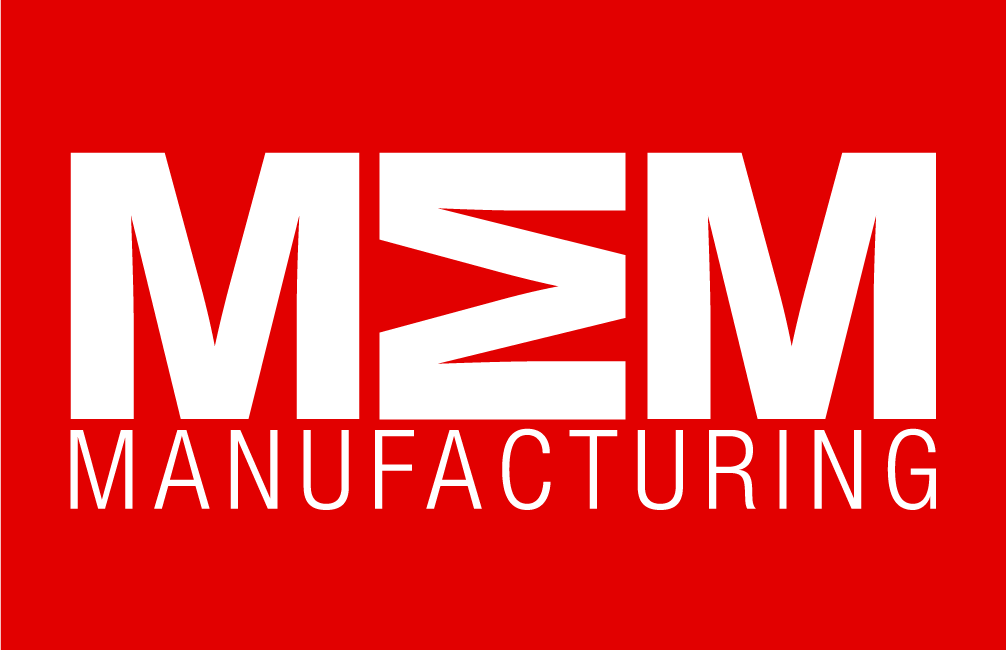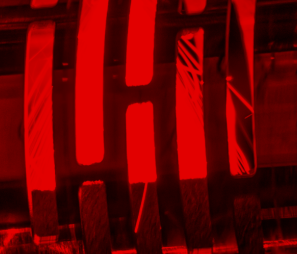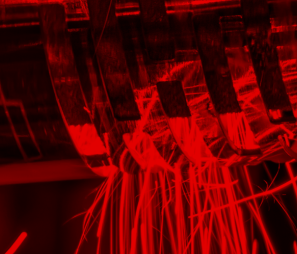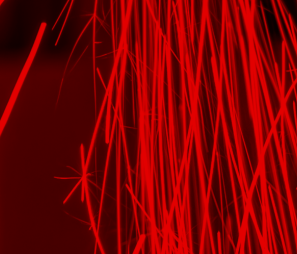3D Printing Over Animal Engineering? : A recent survey conducted by the Pew Research Centre, found that a massive 57% of Americans surveyed thought using genetically engineered animals to grow organs for human use was appropriate.
While a slightly more modest 41% stated that using animals as a mode for organ engineering was too far, stepping over some serious animal rights boundaries.
The objections people have with using animals for engineering stem partly from the ethical concepts of treating an animal with the same sort of appropriates as a science experiment. The other worries come from people believing a possible combination of DNA to be unethical and potentially harmful.
However, the recent figures seem to show a shift in opinion, as the majority of Americans asked thought using genetic engineering would be okay if the organs grown would help save the life of a human.
It is a serious grey area, but the percentages in favour of genetic engineering were somewhat higher than expected.
In 2017 more organ transplants than ever before were performed in the United States, with organs being recovered from over 10,000 donors, an impressive 25% increase over the past decade. A large attribution to this is the fact new breakthroughs in medical technology have made doctors able to harvest organs that previously would not have been usable.
If you’re on the fence in terms of genetic engineering, or are strongly against it, then there could very well be an alternative that doesn’t involve the harming of animals, and still allows vital organs to be engineered for patients.
Many researchers have been working on various approaches to how organs can be successfully produced and one method is through 3D bio-printing.
Typically a 3D printer uses carbon fibre as a source material but there have been examples of 3D printing using biological source materials that can create interactive or biologically-active materials, which in turn means there is a high potential for organs to be developed in this way.
On the 9th September 2018, Servier and Pioetis collaborated to use Poietis’s 4D printing facility, teamed with bio-printing technology, to successfully develop and create liver tissues. Their goal for the future is to produce bone like substances, that can be used in orthopaedic, musculoskeletal and spine related medical applications.
Many companies across the globe are trialling similar phenomenon’s, with San Francisco based company, Organovo collaborating with researchers at Amgen and Medikine, to use 3D printing as a means of creating functional human tissue with viable capillaries. This holographic 3D printing technology creates complex micro-vascular scaffolding, that allows for human tissue to survive.
NuHerat is being developed by InvivoSciences, Madison-Wisconsin, which develops heart tissues by using 3D culture technology instead of bio-printing. This is similar to the process of growing specific heart tissues from stem cells.
Researches in California, San Diego (USDC) published their research last month showcasing their work in the stem cell research, describing a cost-effective and quick mode of growing human cortical organoids in petri dishes from primary cells.
Cortical organs, inclusive of adrenal glands, ovaries, the thymus and portions of the brain, most notably the cerebral cortex, are where animal engineering can become a serious ethical problem as work on the brain can be extremely difficult.
Although a lot of research is still in its early stages, new innovations for organ engineering are being delivered every month, which stands as a positive step towards a hopeful future in a lack of animal engineering while ensuring vital organs are successfully created through more ethical means.
Manufacturing & Engineering Magazine | The Home of Manufacturing Industry News
